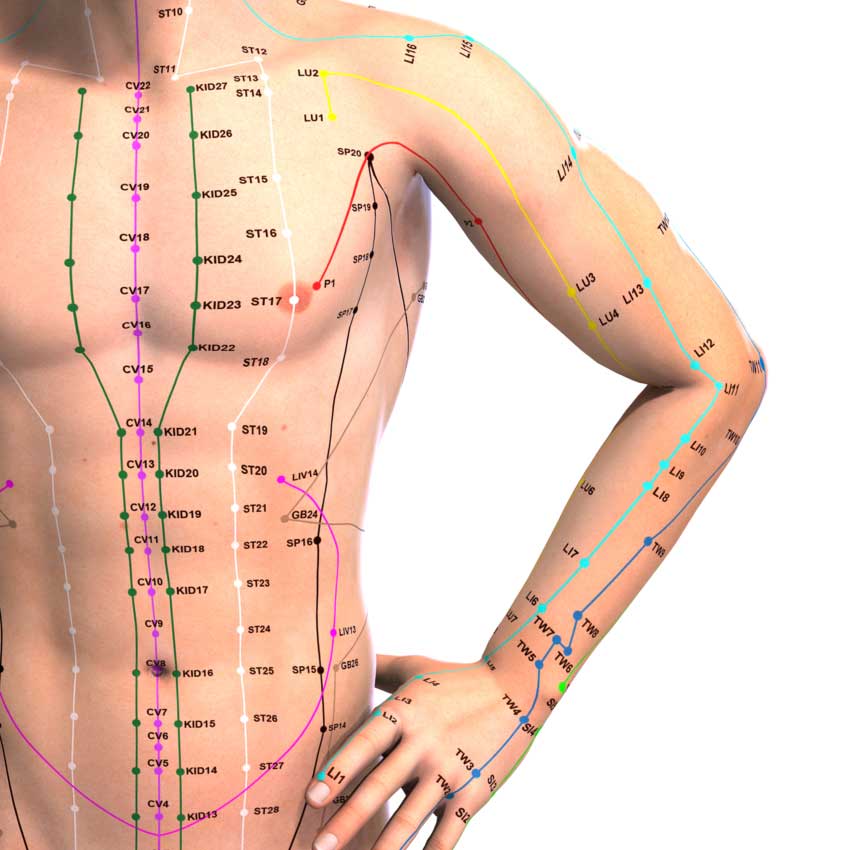
The Physical Accompaniment to Emotional Trauma: Acupuncture to Heal Old Wounds
Emotional trauma can show up both physically and nonphysically. There are often visible signs a person has gone through something that wounded them. In Chinese medicine there are a set of acupuncture channels called Luo: “the connecting vessels,” which are unique as they make themselves visible on the surface of the skin.
The Luo Vessels are containers for unresolved wounds. They show up as varicosities, spider veins, discoloration or swellings. If we look closely at a person’s body we can see signs of their past, especially that which is still haunting them. Like a tree, the body tells a person’s historical story.
The most popular acupuncture channels are called the Primary Channels. They are invisible managers of physiological function. The Luo Vessels however are visible. You can see them. They are not physiological. They are manifestations of trauma.
If you look at your body you will inevitably see discoloration on the skin, dark veins or lipomas somewhere: all of which are Luo Vessels. Everybody has them. Life is difficult, and none of us get out of it unscathed.
Chinese medicine has spent thousands of years mapping the Luo Vessels, observing ways in which the body manifests symptoms of unresolved trauma.
Symptoms of the Luo Vessels travel through the areas of body that are the most common holding sites for trauma. For example, the Large Intestine Vessel translocates its stuck trauma into the face, especially the teeth and jaw. The Stomach brings its trauma holdings into the head. The Liver brings it into the genitals.
Each of the acupuncture channels act as a pathway for a system, which is known by an Elemental name. For example the Water Element system is comprised of the Kidneys and Bladder organs and acupuncture channels. But the Water system is larger than just those two organs. It also encompasses aspects of the endocrine system, willpower, capacity to feel fear, nervous system, reproductive and immune systems. There is physical function as well as mental-emotional consciousness within each of the Elemental systems in the body.
When a system’s form, function or consciousness becomes damaged or traumatized and the body is unable to fully resolve or heal the issue, it will become “latent” or hidden in a Luo Vessel. The Luo sends the issue into a particular area of the body where it will be stored. This is most commonly managed by the blood vessels or joints and bones of the body.
When treating trauma issues that have somatized, it’s important to discover if the issues have a conscious or unconscious nature to them. Conscious issues are seen as manifestations of blood stagnation, while unconscious issues are phlegm/fluid stagnation. They are treated differently.
Most chronic issues are seen as stagnations of either blood or phlegm, especially those that are difficult to identify and treat.
Blood and fluids have a strong relationship to the emotions, feeling and sensation. Mental illness and emotional problems often require working with the blood and/or fluid stagnations as well as deficiencies of blood and energy in the body.
Within Chinese medical thinking blood chemistry impacts the mind and emotions, as do fluids to a lesser degree.
Telltale signs of blood stagnation are shown in the classic diagnostic methods of Chinese medicine: the tongue and pulse.
The tongue is a reflexology of the internal organs. When there are dark purple or black spots on the tongue, this indicates blood stasis. A purple hue to the tongue also indicates blood stagnation. When the tongue is also pale, this suggests there is a blood deficiency as well.
The sublingual veins on the underside of the tongue also indicate blood stasis in the body.
The pulse shows blood stagnation through its tenseness: a tight pulse indicates stagnation of energy and possibly also blood. A choppy quality to the pulse, which feels like the tip of a pencil hitting the fingers when pressed is also indicative of blood stagnation.
There are degrees of blood stagnation. It can be mild, creating occasional symptoms. It can also be severe and fixed, creating constant pain and even masses.
We all know what happens when a person has a physical injury like a fall or a hit. They bruise. The site of injury discolors and get painful. This is due to an external trauma. Internally (or emotionally) the same can occur.
Classical Chinese medicine refers to the emotions are the “five injuries,” acknowledging that emotional pain can cause “bruising” internally, which impacts the blood and energy flow in the body. The emotional injury can sometimes also create physical symptoms or even physiological dysfunction.
The theory of blood stagnation and its progression is attributed to a great Chinese clinician from the 19th Century named Wang Qing Ren. He was a military doctor who made blood stagnation his chief focus.
The acupuncture channel systems describe energy movement in the body. They are pathways of physiology and pathology as they move and progress. The Primary Channels as stated above are pathways of physiological movement. They describe and manage the way the body’s functional energy moves. The Luo Vessels are pathways of pathology: they way dysfunction progresses.
The Luo Vessels were first presented in the ancient Chinese medical classic the Nei Jing, written over 2000 years ago. They describe the way pathology rooted in blood stagnation begins in the chest where the Heart and Lungs reside. The Heart is that which circulates the blood via the Lung energy. The Lung energy is what pulses the Heart blood.
The root herbal formula created by Wang Qing Ren is called the “Drive Out Stasis from the Blood Mansion: Xue Fu Zhu Yu Tang.” It focuses on the chest, combining two classic herbal formulas together and modifying them.
The most standard blood building and regulating herbal formula is called the “Si Wu Tang: Four Substances.” This formula contains three herbs that build blood and two that move blood, focusing chiefly on the Liver’s blood, the organ that both stores the blood as well as manages the “smooth flow” of internal energy.
The other formula is “Si Ni San: Frigid Extremities Powder,” which focuses on stagnation of energy in the chest which leads to cold hands and feet as well as other symptoms. The focus of this formula is regulation of the Liver via the herb Bupleurum (Chai Hu) which circulates energy to unblock congestion in the chest and flanks.
The Luo Vessel progression begins with the Lungs, Heart, Pericardium vessels: the region of the chest, showing that blood stagnation begins here. The emotions are often a major cause of stagnation in the chest. Therefore any type of blood stagnation must address the chest and its circulation of blood and energy, targeting the organs of the chest: the Lungs, Heart and Pericardium.
The acupuncture points that activate and control the Luo Vessels of the chest are located on the wrist: HT-5 “Penetrating the Distance,” LU-7 “A Break in the Sequence,” and PC-6 “Inner Gate.” The trajectories of these vessels travel from the wrist into the chest, with the exception of LU-7 which moves into the palm of the hand which is a reflex area for the chest and abdomen.
According to Chinese medicine, there is always a type of mirroring on the body. We are holographic images of the universe and nature. This is also the way the acupuncture channels and points work: points on the limbs affect the torso; points on the feet impact the head, the wrists impact the chest. We treat above by treating below and vice versa; distal to impact the center. Acupuncture treatments often include both distal (limbic points) and central points to direct the energy where we want it to go. This is the theory of root and termination: the points on the limbs are called “command points” able to direct energy, whereas torso points are like the cauldrons where energy is transformed and exchanged. Signs will also frequently show up in areas that mirror other body parts. For example blood and energy flow in the Stomach and chest shows up on the palm of the hand. The state of the Liver shows up on the nails. The Heart spirit in the eyes.
The second stage of the Luo Vessels, as it describes the progression of blood stagnation, involves the channels located on the arms. These vessels circulate into the shoulders and head. They are associated with the Intestines and Triple Heater (a channel involved in fluid metabolism). Blood stagnation can progress from the region of the chest into the shoulders and head, especially the jaw and teeth. Symptoms occurring in these regions often indicate blood stagnation due to unresolved pathology.
The Blood Mansion formula acknowledges this progression, treating blood and energy stagnation in the chest, shoulders and head. This formula is said to treat the “upper region” of the body, which includes all of these areas. The herb Ligusticum Wallichi (Chuan Xiong) has a particularly strong impact on the head, popularly treating chronic headaches.
The herb Platycodon (Jie Geng) is an herb that acts as an “envoy” directing the formula into the region of the chest, throat and head. The herb Bitter Orange Peel (Zhi Ke) also directs its energy regulating effect into the chest and upper body.
Cyathula (Chuan Niu Xi) is an herb that treats blood stagnation that is affecting the joints and muscles, showing that unresolved pathology (trauma) can move into the joints to create problems. One of the classic symptoms of the arm Luo Vessels are problems with the elbow joint.
Wang Qing Ren developed several other herbal formulas to address deeper levels of blood stagnation affecting the abdomen and uterus, as well as other areas. But the Blood Mansion is the formula that sets the tone for all of his formulas.
The chief herbs in the Blood Mansion formula are Peach Pit (Tao Ren) and Safflower (Hong Hua) which “harmonize the blood,” providing a gentle but firm blood moving effect on the body.
There is a famous passage in the Nei Jing where the mythical Yellow Emperor (the protagonist of the book) asks his teacher “what is spirit?” The answer is interesting. “Harmonization” of blood and energy is the result of “spirit.” This exchange seems to imply “healthy spirit” or spiritual wellness as the question, which includes mental health as well as emotional. Within Chinese medicine this would also imply harmony between the mind and body.
Emotional trauma will disrupt the harmony of blood and energy within the chest and potentially progress into other parts of the body where it can somatize to create physical symptoms to accompany the mental and emotional distress.

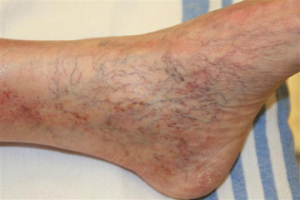
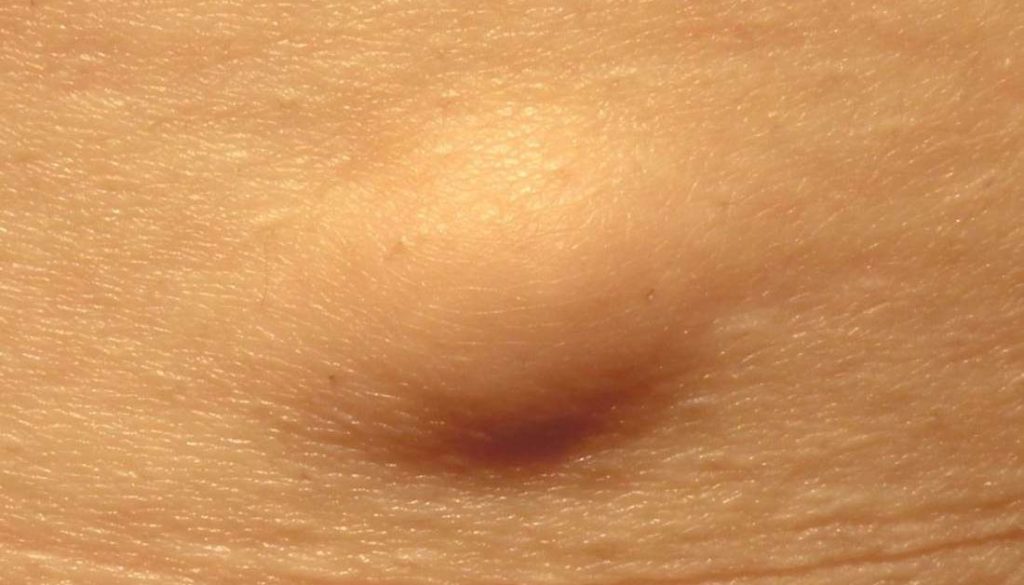
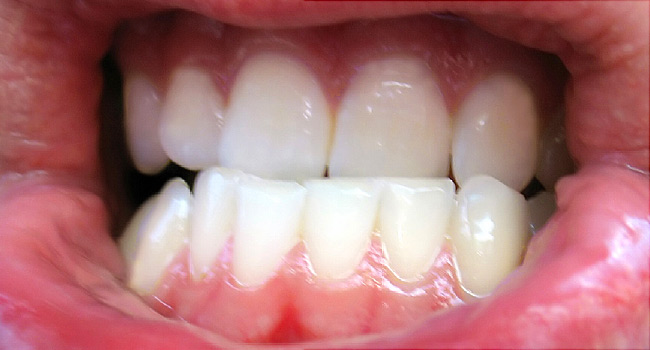

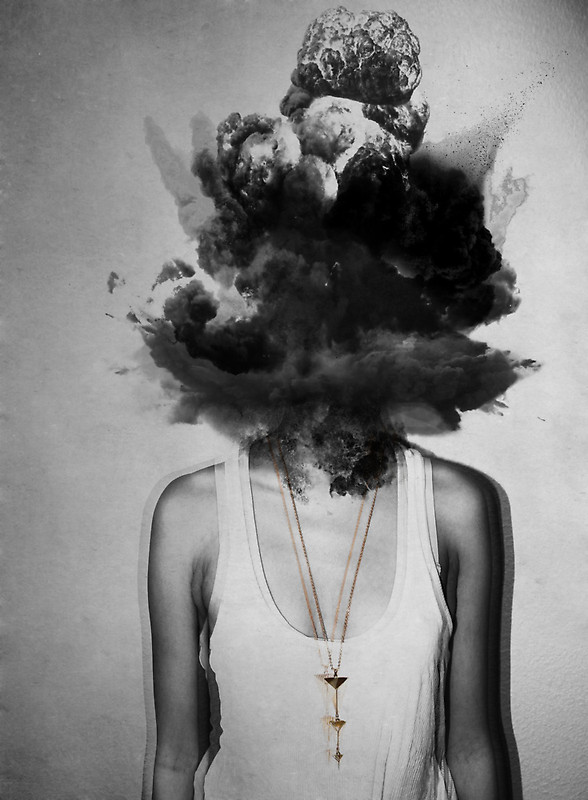

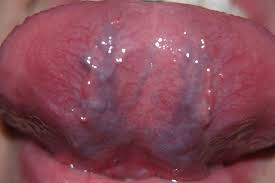

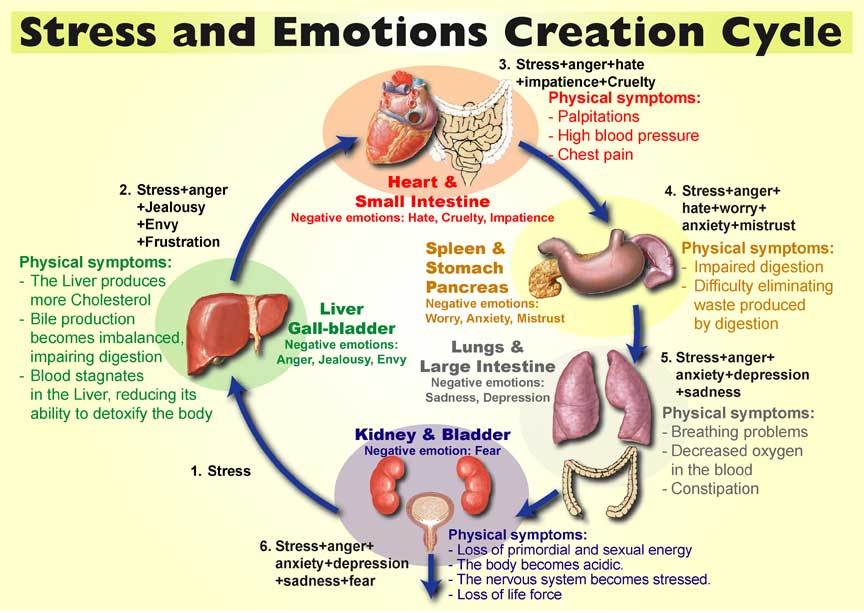
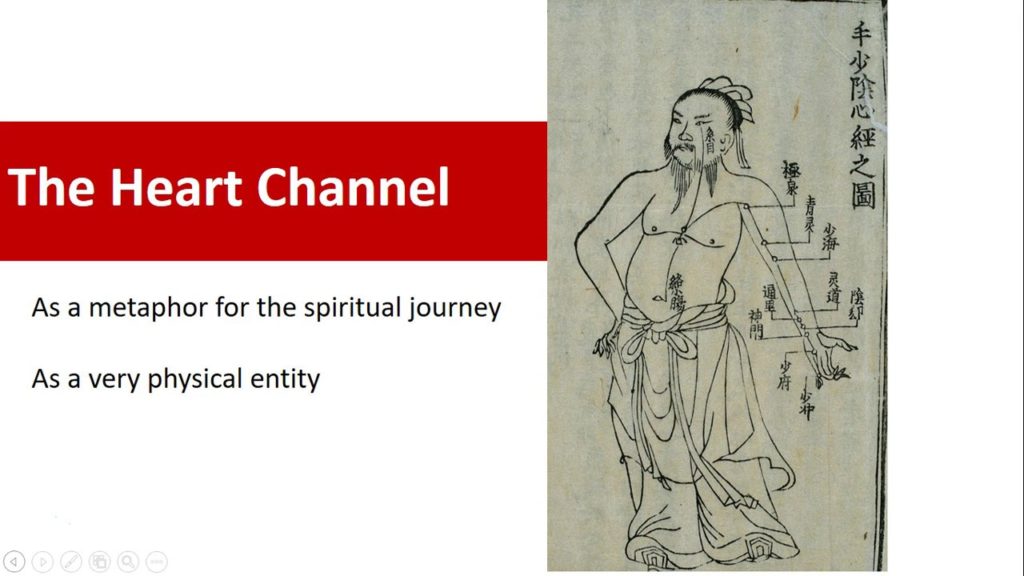

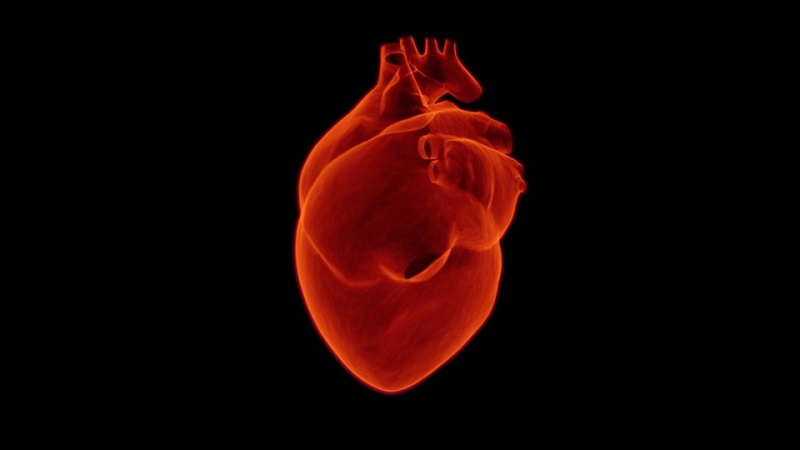


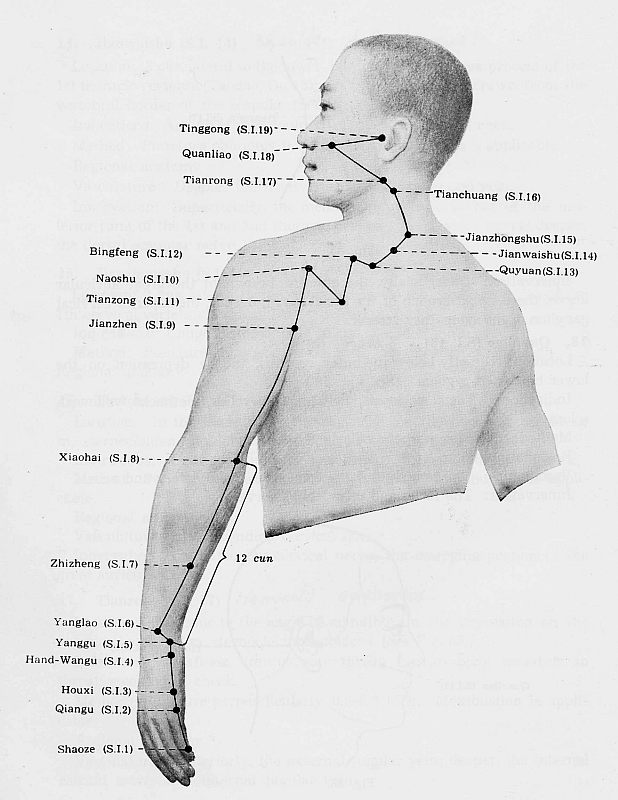
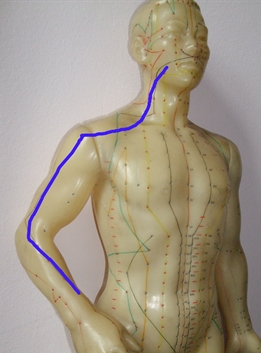
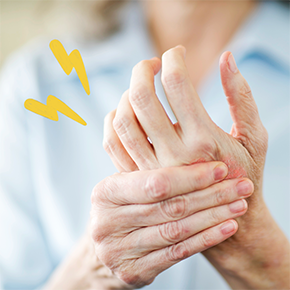



No Comments